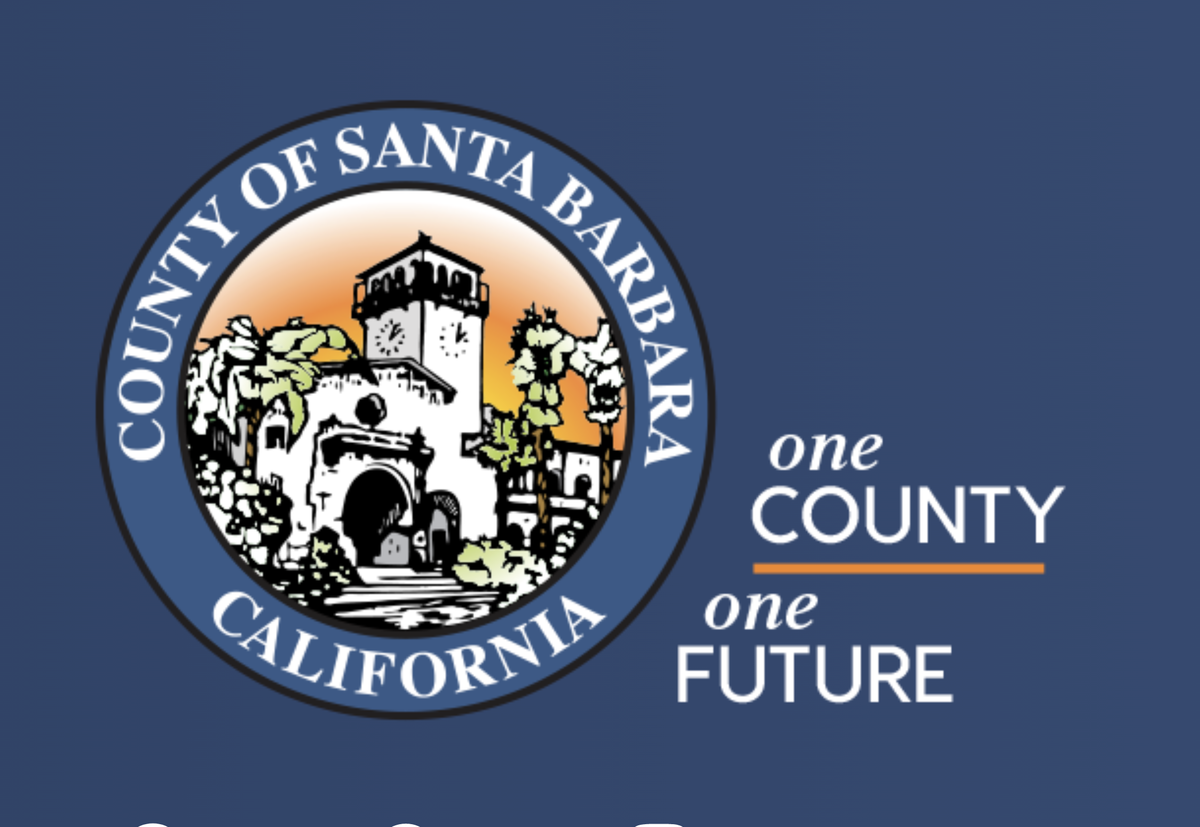Santa Barbara Grand Jury report details success and ongoing needs for local unhoused assistance

SANTA BARBARA COUNTY, Calif.– The 2024 Santa Barbara County Grand Jury released the results of its investigation of county-wide efforts to help the area's unhoused population on Tuesday.
Tuesday's report details that while a constellation of issues still exist for those facing homelessness, the report bluntly states that, "the biggest challenge to encampment resolution is the lack of affordable housing" in the area.
According to the report, collaborative efforts through the County's Community Action Plans have successfully placed over 1,100 people into transitional or permanent housing from 2019 to 2021.
Despite those efforts, the County's Point in Time Count in 2024 found 1,332 people living without shelter with a little over half of those people (53%) living in vehicles explained the Grand Jury report.
That 2024 Point in Time Count did find that 787 people were living shelters in the County shared the Grand Jury report.
According to the Grand Jury report, there was a 3.7 percent decrease in the number of people experiencing homelessness between 2022 and 2023, but a 12 percent increase from 2023 to 2024.
The Community Services Department point to the increase in area rents, the ending of COVID-19 eviction moratoriums and emergency housing vouchers, and continuing inflation for the sharp rise.
Santa Barbara County has the sixth-highest rental housing cost in the country and since 2020, several permanent and interim housing projects have added 787 beds dedicated to helping those experiencing homelessness shared the report.
In March, the 94-unit Hope Village opened in Santa Maria and in May, the 80-unit La Posada community opened with half of those units dedicated to people living in encampments nearby cited the report.
People living in encampments have been more willing to move into these types of housing communities rather than relocate to shelters because of the privacy and safety that locked doors can create explained the Grand Jury report.
The Grand Jury report also noted that the County has played a significant role in recent increases in housing in two key ways, the utilization of County-owned property as well as funding.
According to the Grand Jury report, the County has 18 County-owned sites with the potential for almost 6,000 new housing units and the County of Santa Barbara provided Hope Village in Santa Maria with nearly $1 million to cover parts of the $7.5 million in capital costs for the housing community and the County pledged $8.5 million more in services for the next five years.
The county's Encampment Strategy began in October of 2021 when the Community Services Department requested funding for the initial three-year Encampment Strategy and Response Protocol detailed the Grand Jury report.
The timing of the request coincided with federal funds earmarked for communities looking to help their unsheltered communities through the American Rescue Plan Act of 2021 (ARPA).
The Grand Jury report explains that ARPA funding allowed for the hiring of an Encampment Response Coordinator to direct a multi-disciplinary team of outreach workers, increased funding for shelter beds and housing from the general fund, and debris removal.
In 2021, California announced competitive grant funding to resolve encampments and Santa Barbara County's Encampment Strategy was awarded $2,520,000 for encampment resolution along transit corridors resulting in the clearing of 95 encampments shared the Grand Jury report.
The Santa Barbara County Encampments Strategy received an additional $6 million from the state to clear encampments along waterways in 2022 and a joint application for a third round of encampment-based funding was approved by the state in April of 2024 shared the Grand Jury report.
The state grants detailed above were all one-time allocations and the Grand Jury report notes that that style of funding can create 'funding cliffs' for local community budgets.
The Grand Jury report does offer some key findings and recommendations including: use a multi-disciplinary approach to encampment sweeps, an expansion of housing first models over part-time shelters, and providing waste receptacles and portable bathrooms at encampments.
Those recommendations require the response of all named parties in the report within 90 days of its publication.
The Grand Jury report concludes with the following, "Encampments are a barometer of our efforts to help our unhoused individuals. If we do nothing, the encampments only grow. Dangerous conditions such as fire, illness, and crime increase. If we work collaboratively, we can assist the citizens living in encampments to reintegrate back into communities."
